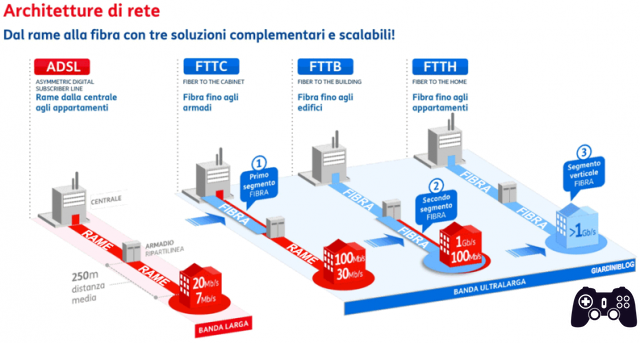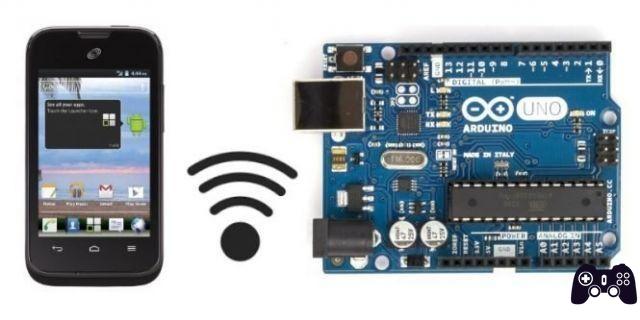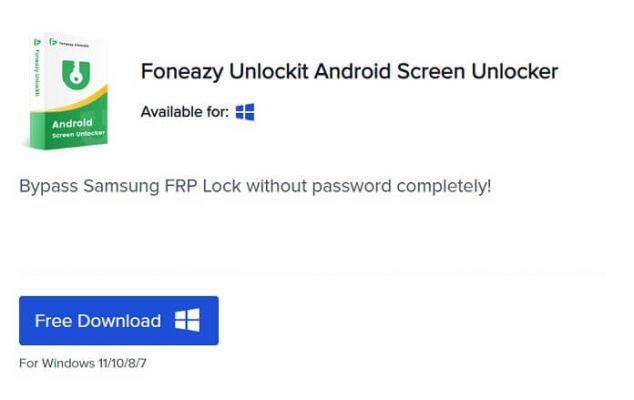If your ADSL Internet line no longer suits you and you would like to replace it with a faster line, the first thing to check is whether fiber optics is available in your area. Currently, the term optical fiber refers to a type of line that is faster than the common ADSL. However, not everyone knows that there are different types of optical fiber available based on the area we are in and with different speeds and costs.
Find out in this guide how to do it check fiber optic coverage for your home or office address, using both the tools offered by operators and the tools offered by other third-party sites, with which you can discover the cheapest offers.
After checking whether your municipality and then your home is reached by fiber optics, I advise you to find the best offers for fiber in December 2023.
Types of optical fiber
In the various promotions that talk about fiber optics we can notice differences in both speed and cost; this is because there are different types of fibre, of which almost all include these two types and whose activation depends on the infrastructure that reaches our home:
- FTTH: the actual optical fiber, with the new cables that reach into the house without using copper cables. With this technology you get the best results in terms of speed and stability of the line but not all municipalities and addresses can be covered with FTTH given the additional costs for placing the fiber (with replacement of the classic telephone socket) and the costs to make it operational (often also with masonry work).
- FTTC: this acronym indicates the optical fiber that reaches up to a street cabinet near your home (the classic telecom cabinet or another operator present on the pavements), with the copper cables used only to cover the distance between the cabinet and the your home. With this type of "fibre" (even if it is wrong to call this type of technology fibre, the exact name is VDSL) you will get very good speeds (up to 200 Mega) without having to change the telephone socket at home but you will be subject to interference and problems in using copper cables (although to a much lesser extent than ADSL).

Even if the ultimate goal on the part of operators should be to cover all users in FTTH, using FTTC allows you to save a lot of money in terms of infrastructure and, in the best conditions, still offer a high-speed service to users without having to change their habits. Therefore, knowing which type of optical fiber will be activated is essential to understand what speed you can aspire to when browsing websites and the problems you may encounter.
How to check fiber optic coverage
The various landline and internet operators offer pages where it is possible to check the fiber optic coverage, the maximum speed achievable and (in some cases) also the type of technology that will be used to cover the user. In addition to this, it is also possible to check the coverage with some sites that show the offers available for the requested area. Let's start with verification via the operators' sites.
TIM
The first site I recommend for checking is the one covering the TIM network (Telecom Spain), given that in most cases its line will be used even when you subscribe to other operators (in FTTC the TIM fiber can be rented to other operators, especially in smaller municipalities). To check fiber coverage at TIM you can use the link below.
LINK | TIM fiber coverage

Take yourself to the tab Check ADSL and Fiber coverage, enter the data relating to your address and city in the window and then click on Verifica to find out the type of coverage and maximum speed that TIM is able to offer you for your address. As the name indicates, it also works for classic ADSL connections.
Vodafone
The operator Vodafone also offers a dedicated site where you can check fiber optic coverage both in the case of a dedicated network and for municipalities where TIM fiber is offered for rent with FTTC. The site where you can check is available below.
LINK | Vodafone fiber coverage

Scroll down the page until you find the fields where you can enter the region, province and municipality so as to immediately check the municipalities reached by Vodafone's fiber optic network.
Fastweb
Fastweb was the first operator to deploy optical fiber for its network and today offers one of the best infrastructures of this type, as well as benefiting from TIM's rented fiber to cover more and more municipalities in Spain. You can check the coverage of the Fastweb network from the link below.
LINK | Fastweb fiber coverage

Enter all the requested data on this page regarding your address and any telephone operator with which you already have a subscription (there is also the option for those who do not have an active line) then click on Check availability to check the availability of fiber optic coverage for your address.
Wind Infostrada
If you are interested in Wind's fiber optic offers, you can check the coverage for the dedicated network and for the FTTC network loaned from TIM using the link below.
LINK | Wind Infostrada fiber coverage

Select one of the fiber offers on the Infostrada website to display the two fields where you can enter the data relating to the address and municipality and (any) landline telephone number you already have.
Tiscali
To check the coverage offered by the Tiscali operator, connect to the following link.
LINK | Tiscali fiber coverage

Fill in the form you see on the right to find out the availability of the service, entering the location, address, postcode and province and indicating whether you already have a telephone service. If so, select the name of your operator from the drop-down menu and fill in. the form indicating the telephone number and conclude with "Proceed with Verification".
In a few seconds you will be shown the outcome of the verification with the list of all the offers you can subscribe to with Tiscali.
Fiber optic coverage with Fibermap
Has the information provided via the operators' official websites not convinced you? To check the fiber coverage of the municipalities, you can also use another specialized and very reliable site:
LINK | fiber map

Select your region, your province, your city and finally the address where you live, also indicating the house number. This way you will be able to find out which cabinet your home needs, what type of fiber optic technology you can use (provided it is present!) and the estimated speed in terms of download and upload.

If you are covered by FTTC fiber, you will see the VDSL item indicated as “Yes” and with the maximum speed available (up to 100 megs in most cases). If, however, you are covered by FTTH you will see the item of the same name indicated as "Yes" and you will also have an estimate of the maximum speed you can reach (usually 100 Mega but in many municipalities the 1 Gigabit line is available, i.e. the 1000 Mega).
In some scenarios you can also take advantage of the new FTTC line referred to as EVDSL which allows you to surf without changing telephone socket and up to 200 Mega; a good compromise while waiting to switch to real FTTH fibre.
Check fiber coverage with OpenFiber
You can also check coverage with the Openfiber website which rents its infrastructure to operators such as Vodafone, Infostrada, Tiscali, Fastweb and others.
LINK | OpenFiber

In the menu on the left, there are the municipalities reached by fiber or the cities where fiber optic cabling is being built.
Fiber optic coverage: verification via App
From today you can check the fiber optic coverage for your home even if you don't have a computer at hand or are out and about with your Android smartphone. Just use the Fibrapp app - currently not available.
DOWNLOAD | Fibrapp (Android)

Open this app and enter the complete address of your home or office, you will find out what type of fiber optic technology is available, what the estimated maximum speed will be and, in the case of work in progress, when activation is expected of optical fiber. An indispensable tool for checking fiber optic coverage in every municipality in Spain.
Check fiber optic coverage of all internet operators - last modification: 01 12 2023





